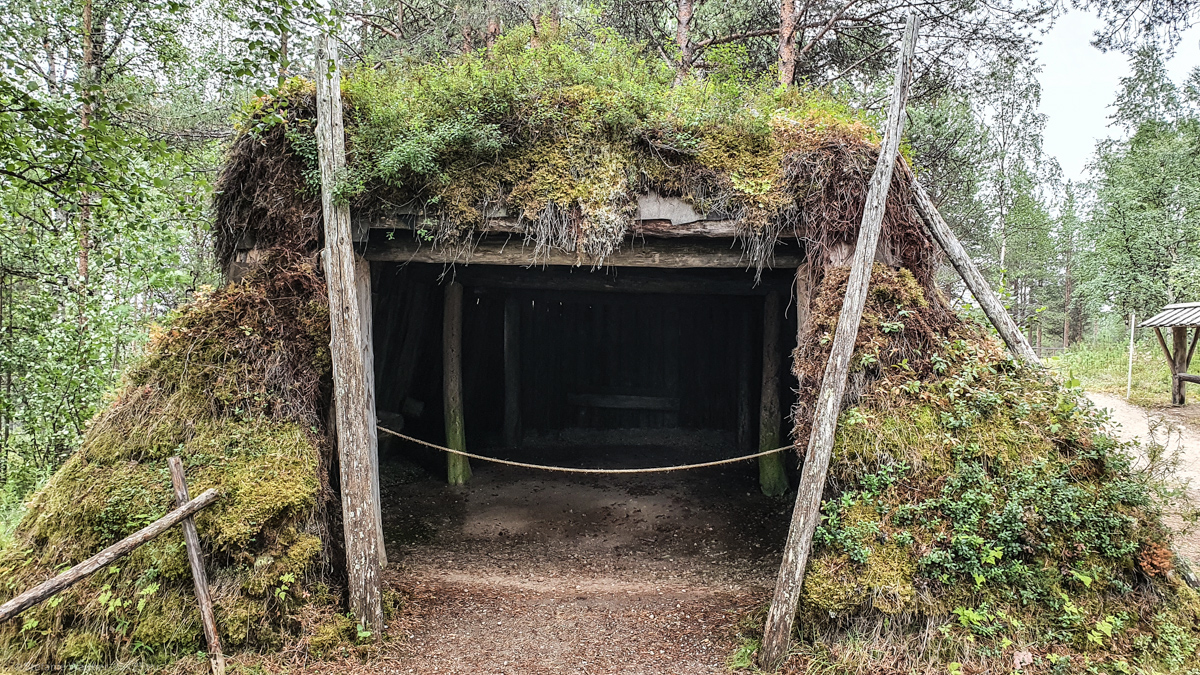Visiting R 156 28
This post is part of a bigger trip I made through Scandinavia with focus on Norway.
Some basic information
I didn’t know anything about the Sámi culture before going on my trip. I must admit, I didn’t even know they name themselves Sámi. Just the term Lapps was on my mind from sometime back. The first thing I learned: this is a term considered to be offensive by the Sámi. So, definitely something I had to unlearn quickly.
I wanted to know more about the Sámi and visiting a museum seemed to be a good way. The Siida museum on my way was a good opportunity. Unfortunately, it was closed due to renovations. Therefore, I could only visit the outdoor part that didn’t convey too much background information. Fortunately, I found some other opportunity to learn more later on.
What you can see on the map is that the Sámi regions (here by language) had nothing to do with the national borders. Which made it quite difficult for them as their environment was suddenly divided by “artificial” boundaries. This is especially hard when you have reindeer that pretty much doesn’t care where a border is.

Looking backwards
The main topic of the outdoor museum is the past. How did they built accommodation to live, to support their work, the animals? What came apparent is that moss is an excellent insulating material.
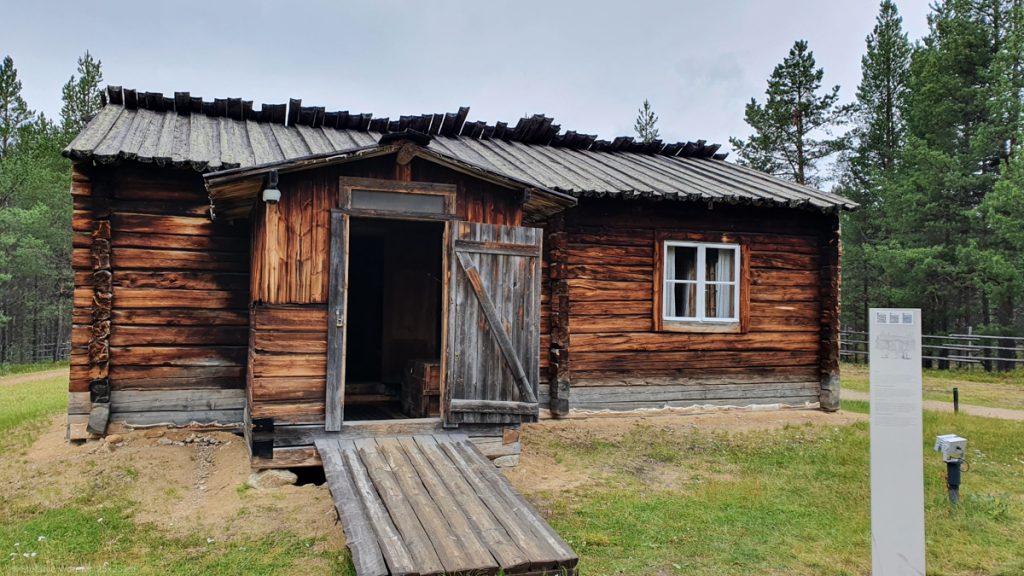
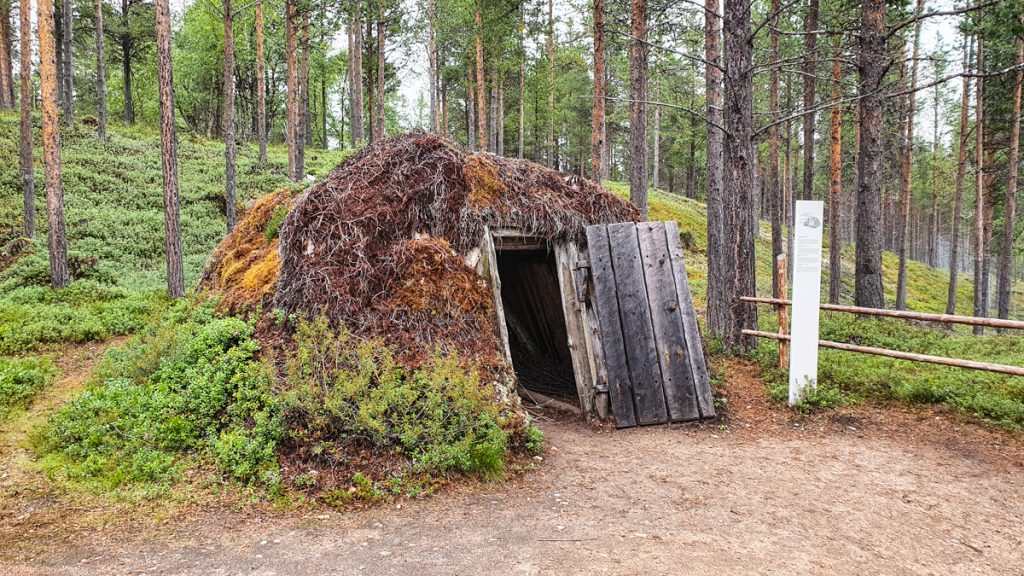
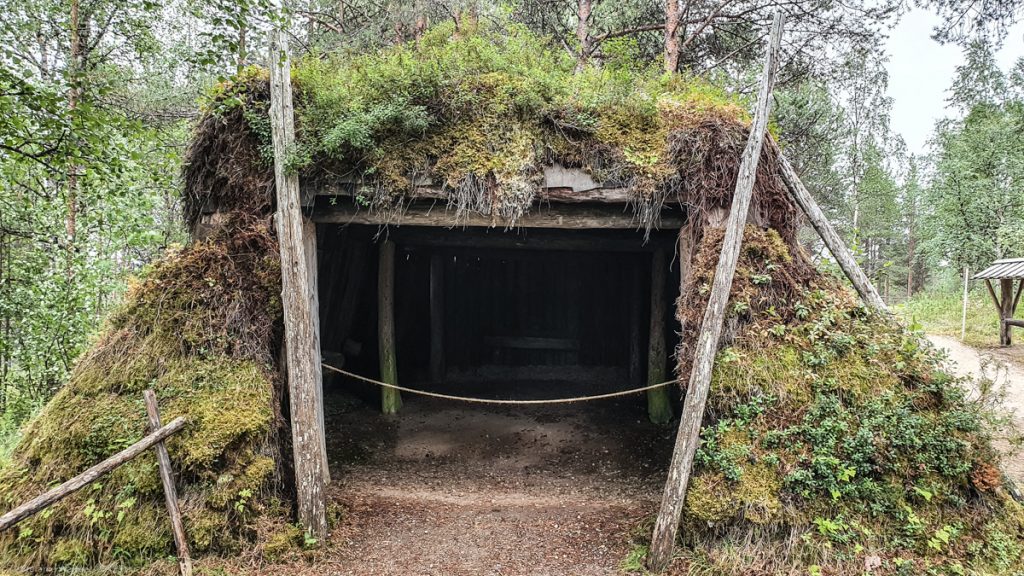
Looking into the future
One of the things that impressed me was a small exposition about the future of construction. I come from an area where construction is typically uses bricks and concrete. Wooden houses are not common. I think this is because one might think that insulation could be more difficult? However, it is amazing how flexible traditional building with wood can be. At least when doing it in this traditional way and not just with timber frame construction.
You can use logs like puzzle pieces. You can move a house, you can extend it, you can reuse the logs in other buildings, and damaged parts can be replaced easily.
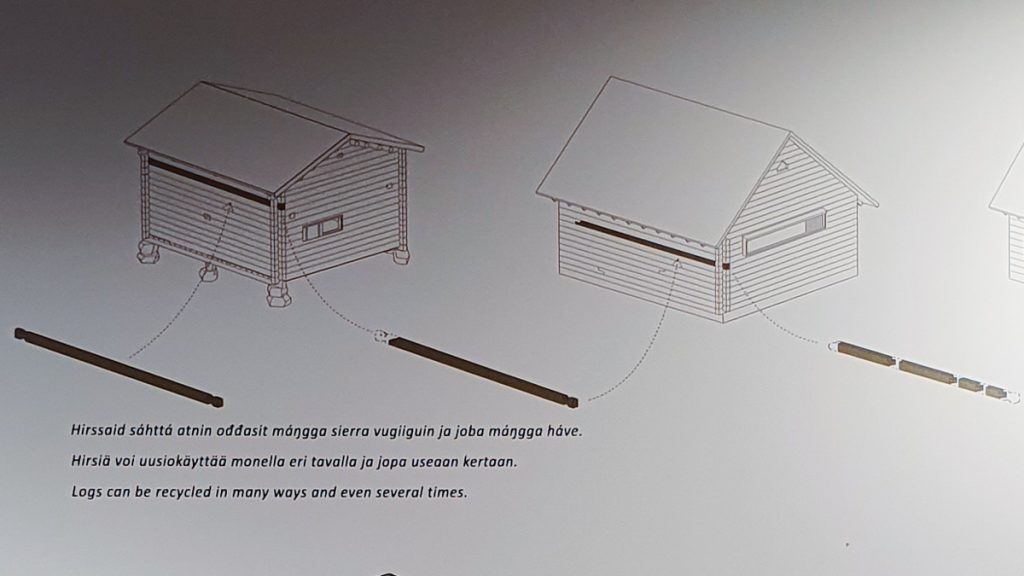
I think, sometimes we should learn a little more from the past.
Some travel tips (from 2021)
- Always make sure you check the webpage before visiting a museum. Even in high season a museum can be closed due to renovations.
- I felt that the parking lot was surprisingly small for such a well known museum. But it could be that this impression is wrong based on all the construction that was going on during the time of my visit.
- Every description (at least outdoors) was also available in English.

